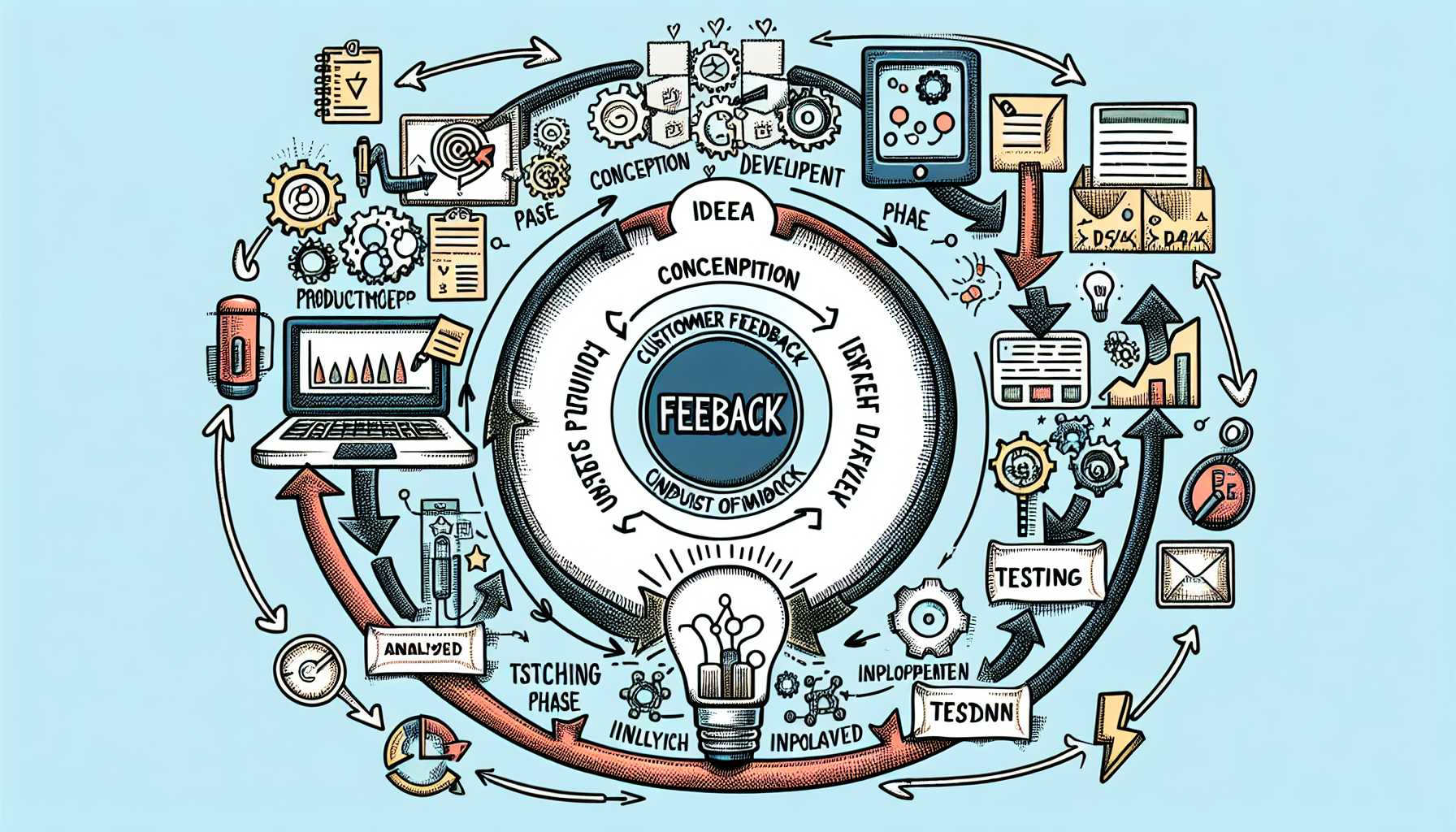Seasoned product managers, we know that feedback is the compass guiding our product development journey. But how do we ensure that the feedback we collect is not just heard but systematically integrated into our decision-making processes? I’m here to share practical insights on establishing and leveraging feedback loops that have been instrumental in the products I’ve led to success.
Embedding Feedback at Every Stage
The ideation phase is ripe for feedback but integrating feedback loops must continue throughout the product lifecycle. Whether it’s feature development, beta testing, or post-launch iterations, continuous feedback is critical. My personal strategy has revolved around structured feedback collection at every milestone, ensuring that we capture diverse and actionable insights.
Building a Culture of Feedback
I’ve witnessed firsthand how a team culture that values feedback—internal and external—can dramatically improve a product. Promoting an environment where everyone, from engineers to customer support, regularly shares observations and customer anecdotes has been key. Such a culture empowers the team to always consider the user’s perspective in product decisions.
Quantitative and Qualitative Harmony
There’s a place for both numbers and stories in feedback analysis. While metrics provide a high-level view of user behavior, qualitative data tells us why users behave in certain ways. In many successful revisions, integrating the why with the what has led to a deeper understanding of user needs and more intuitive product improvements.
Prioritizing Feedback
Not all feedback is created equal. The Kano Model has helped me prioritize feedback by distinguishing between must-haves, performance features, and delighters. This ensures resources are allocated effectively and the most impactful improvements are addressed first. An added benefit is the ability to communicate to stakeholders why certain features are prioritized over others based on user desires.
The User Testing Continuum
Continuous user testing is at the heart of effective feedback loops. My teams have often used rapid prototyping and iterative design sprints to incorporate feedback as quickly as possible. These methods allow for quick validation of ideas and the ability to pivot before substantial resources are committed.
Feedback Technology Stack
Choosing the right tools can make or break your feedback process. Over the years, I’ve relied on a combination of survey platforms, usability testing tools, and in-product feedback mechanisms. A centralized system for capturing all feedback ensures nothing slips through the cracks and provides a holistic view of user sentiment.
Feedback Focused Roadmapping
The product roadmap is where feedback materializes into plans. Having a flexible and dynamic roadmap allows for the incorporation of user feedback without derailing key strategic initiatives. This approach has allowed me to remain responsive to user needs while also maintaining a clear direction for the product.
To my peers in product management, remember that feedback loops are not just about collecting information—they’re about fostering a responsive, user-centered approach to product development. Effective feedback loops ensure that we build not just any products, but the right products. Let’s keep the conversation open and the feedback flowing.

